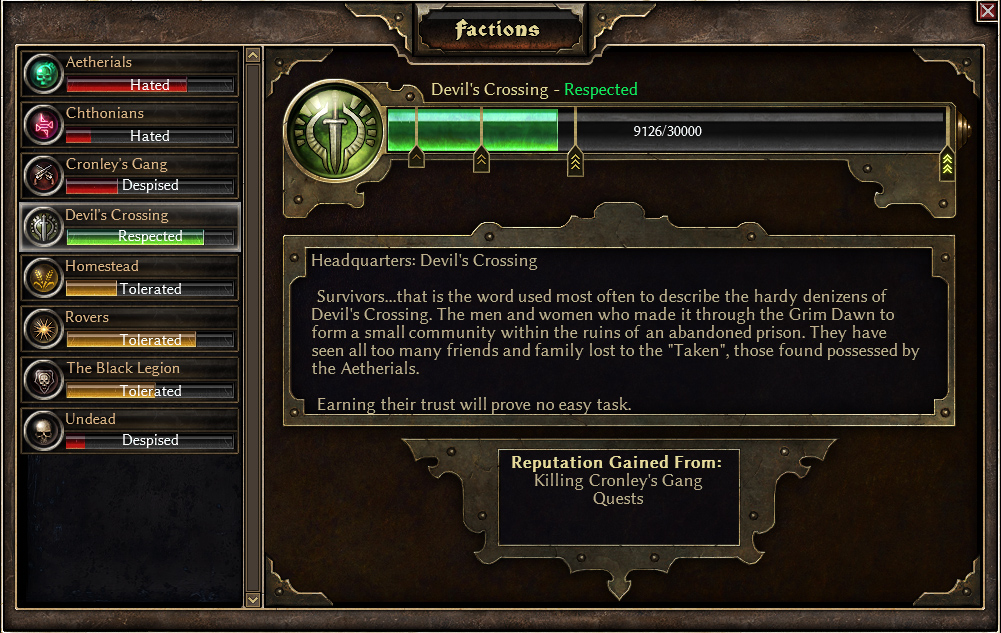


Like hundreds of thousands of other people across the Nile Valley, Shaban Abdulal and his family are bonded to their fields. Looping down from the chaos of the capital and linked by road, Egypt's crescent-shaped chain of five oases – Fayoum, Bahariya, Farafra, Dakhla and Kharga – have provided refuge and safety for two millennia. We have been with the family since the fi rst light crept out of the great desert and into the cotton fields that surround Zawyat Al Kardsha, the farming community in the oasis that they call home. Outside, the couple's eldest son, one of four boys, erects a barricade of tightly woven palm branches, known as tabia, to keep the wind-blown sand out of the family home.

'Protecting the boys, the next generation of workers, is the most importantĪssembled on the ground next to the family stove are amulets, charms and talismans engraved with Koranic script. 'They call the evil eye "ayn",' Said continues.

'It is a Bedouin tradition adopted by the Arabs.' Here in the Fayoum oasis, 90km south across the Sahara from Cairo, fear of the evil eye, like locusts and drought, is a constant in people's lives. 'Indigo has been used to ward off harm to male children since early Islam,' my translator, Said, tells me without prompting. By 2pm, after a meagre meal of rice and flatbread, they will return to the boiling heat of the meadows. Sleep off their relentless morning labour in the fields. In the corner, next to the scraggly livestock, his wife, clad from head to toe in a sombre black burka, squats on the floor, smearing the deepest indigo dye on her youngest son's forehead. The musky scent of cheap patchouli rises from a cracked clay incense burner in the tiny courtyard of Shaban Abdulal Zarhel's decrepit mud and brick home.


 0 kommentar(er)
0 kommentar(er)
